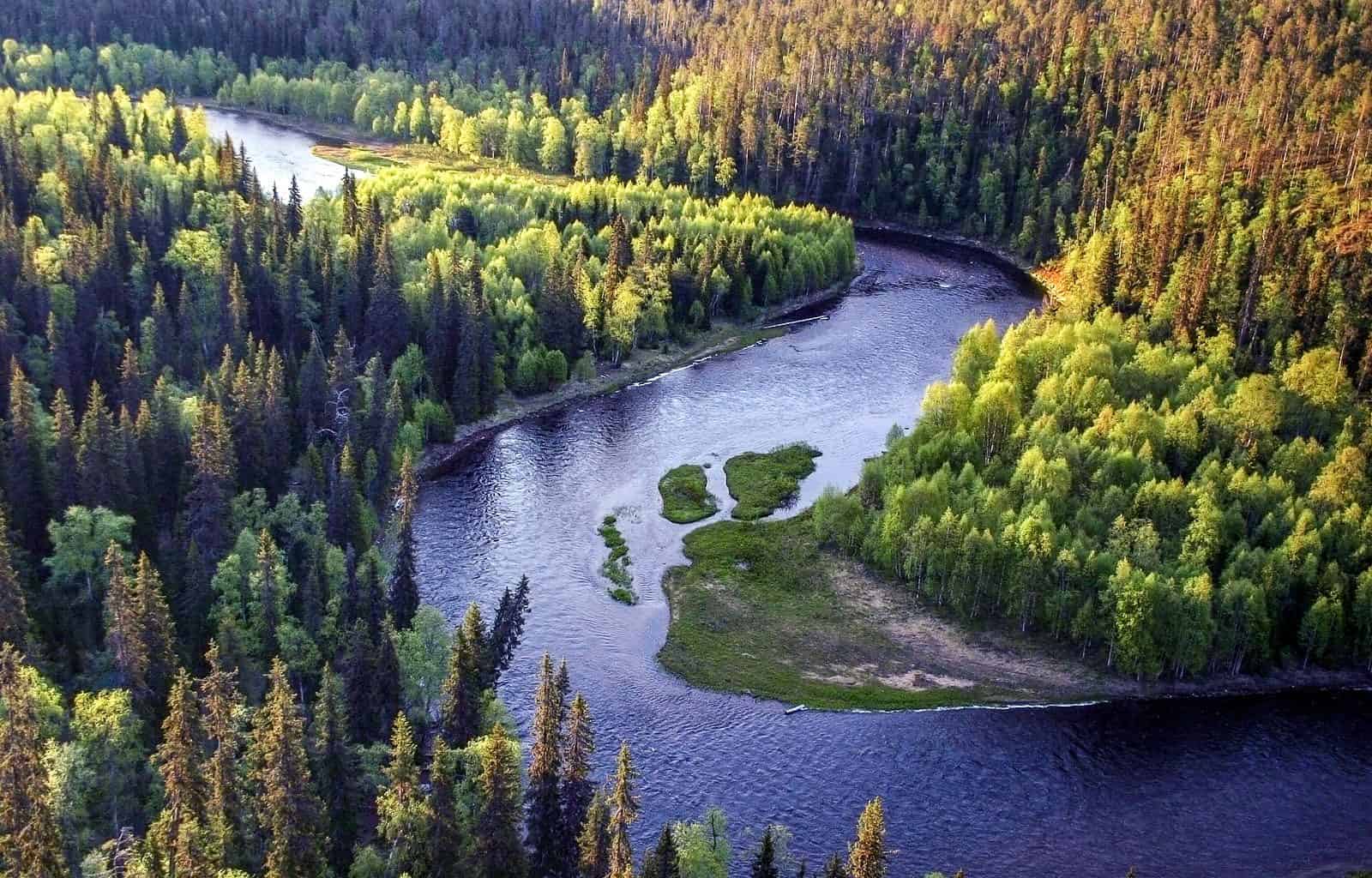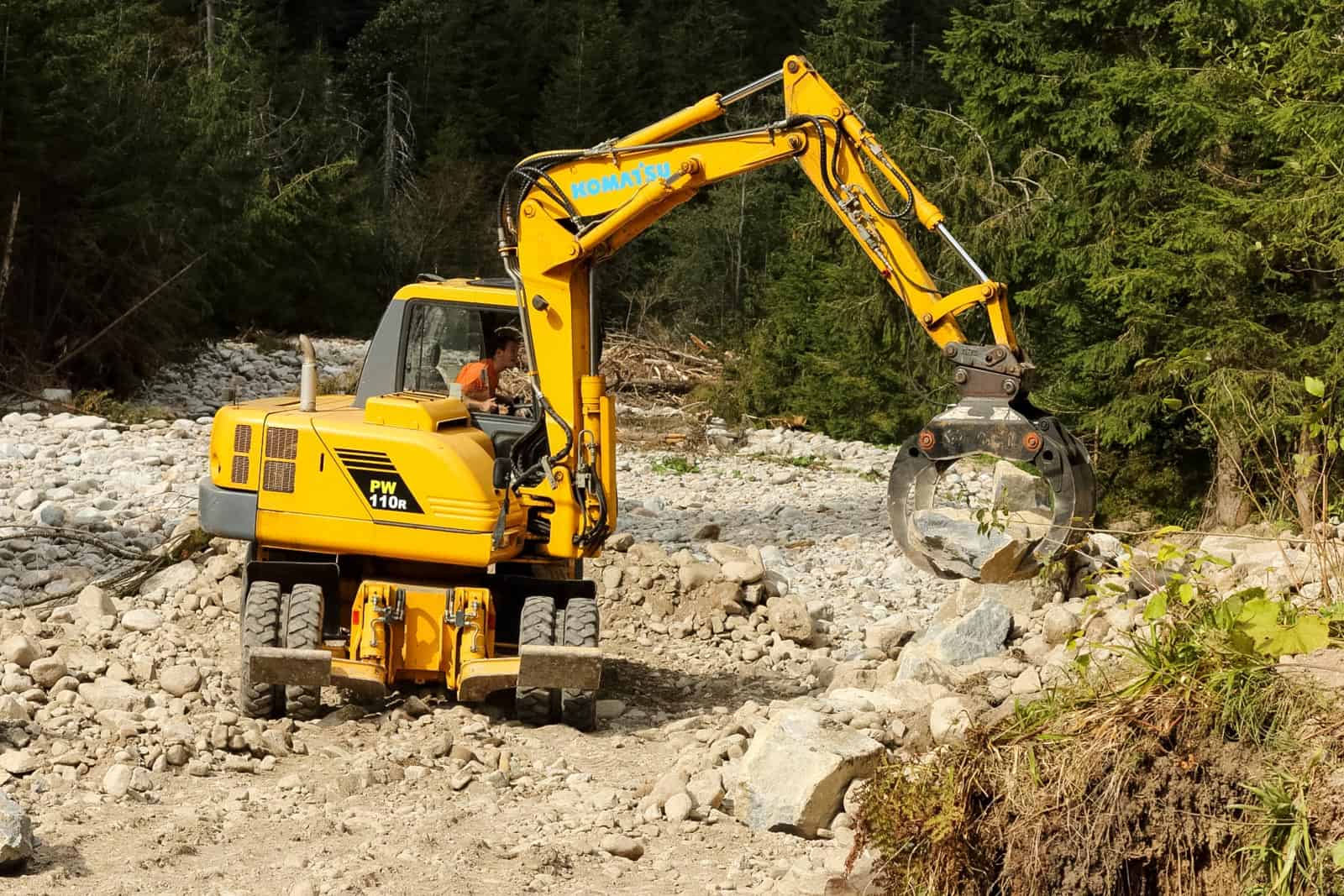$200 million investment in US rivers – World Fish Migration Day
Today on World Fish Migration Day, let’s draw attention to some good news from across the pond. Last week, the United States Department of the Interior announced that 40 environmental projects across America would receive $38 million in funding to restore fish migration passages this year. As part of a new Bipartisan Infrastructure Law, the US government will invest a total of $200 million in the National Fish Passage Program in the next five years.
The dam problem
The topic of dams is a difficult one. On the one hand, they provide a clean, fossil fuel free energy source, which is vital in the current climate. Hydroelectric power currently provides around a fifth of the world’s electricity. They can also help control water flow and prevent floods, if built properly. On the other hand, they are rather expensive, have led to the displacement of around half a billion people and can cause serious environmental damage. Constructing a dam usually requires serious changes to the landscape such as deforestation, which goes against its potential green benefits.
Dams also present a significant barrier to fish migration. When juveniles travel to their spawning grounds, they cannot cross these hurdles and are often killed or injured by turbines. This means they cannot breed and maintain their population, threatening species survival. This is especially problematic as migratory fish populations are already vulnerable to a number of threats, including but not limited to habitat loss, overfishing and pollution. Their decline also has consequences for the wider ecosystem; many other animals depend on the seasonal movement of species such as salmon for food, including humans.
A boost for American fish migration
This latest investment in American rivers will help restore natural waterways and boost wild fish populations. Supported by the U.S. Fish and Wildlife Service, the National Fish Passage Program helps restore aquatic ecosystems and natural water courses with the removal of barriers to fish migration. This includes reconnecting rivers, redesigning dams and creating fish-friendly courses so as not to interrupt species migration route. Since 1999, the project has removed over 3,400 barriers and made 100,000 km of habitat usable to threatened species such as the Pacific salmon and American eel.
Currently, the project with the most funding is the Virgin River Fish Passage Initiative in Zion National Park. As part of this action, the money will go towards joining all migratory fish paths to the park’s wild Virgin River. Conservationists will also review four major dams in the river and look at design alternatives to allow for easier migration. This is good news for the many small native fish species the river supports.
By having these barriers, it sort of segments the populations and doesn’t allow those populations to interact to aid in genetic diversity, it prevents certain groups from taking advantage of the full range of habitat.

Supporting wild rivers in Europe
The European Wilderness Society promotes the WILDRivers Network, which supports the last truly free-flowing rivers that remain in Europe. You can help by following European Wilderness Society to protect WILDRivers, as well as other projects bringing back wild rivers in Europe. Dam Removal Europe helps restore European water courses by getting rid of thousands of old barriers to fish migration.
To celebrate World Fish Migration Day, why not join the Dam Removal Cafe this afternoon? If you would like to learn more about how to restore rivers, you can also attend the 7th Dam Removal Europe seminar in May. This is an international event on the development of dam removal as a tool to help recover European rivers.








